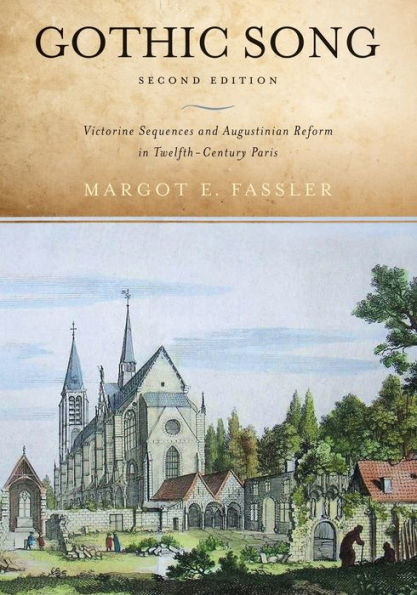Originally published in hardover in 1993, this paperback edition includes a new introduction by Fassler, in which she reviews the state of scholarship on late sequences since the original publication of Gothic Song. Her notes to the introduction provide the bibliography necessary for situating the Victorine sequences, and the late sequences in general, in contemporary thought.
Originally published in hardover in 1993, this paperback edition includes a new introduction by Fassler, in which she reviews the state of scholarship on late sequences since the original publication of Gothic Song. Her notes to the introduction provide the bibliography necessary for situating the Victorine sequences, and the late sequences in general, in contemporary thought.

Gothic Song: Victorine Sequences and Augustinian Reform in Twelfth-Century Paris, Second Edition
528
Gothic Song: Victorine Sequences and Augustinian Reform in Twelfth-Century Paris, Second Edition
528
Product Details
| ISBN-13: | 9780268028893 |
|---|---|
| Publisher: | University of Notre Dame Press |
| Publication date: | 06/30/2011 |
| Edition description: | 2nd Edition |
| Pages: | 528 |
| Product dimensions: | 7.00(w) x 10.00(h) x 0.90(d) |
